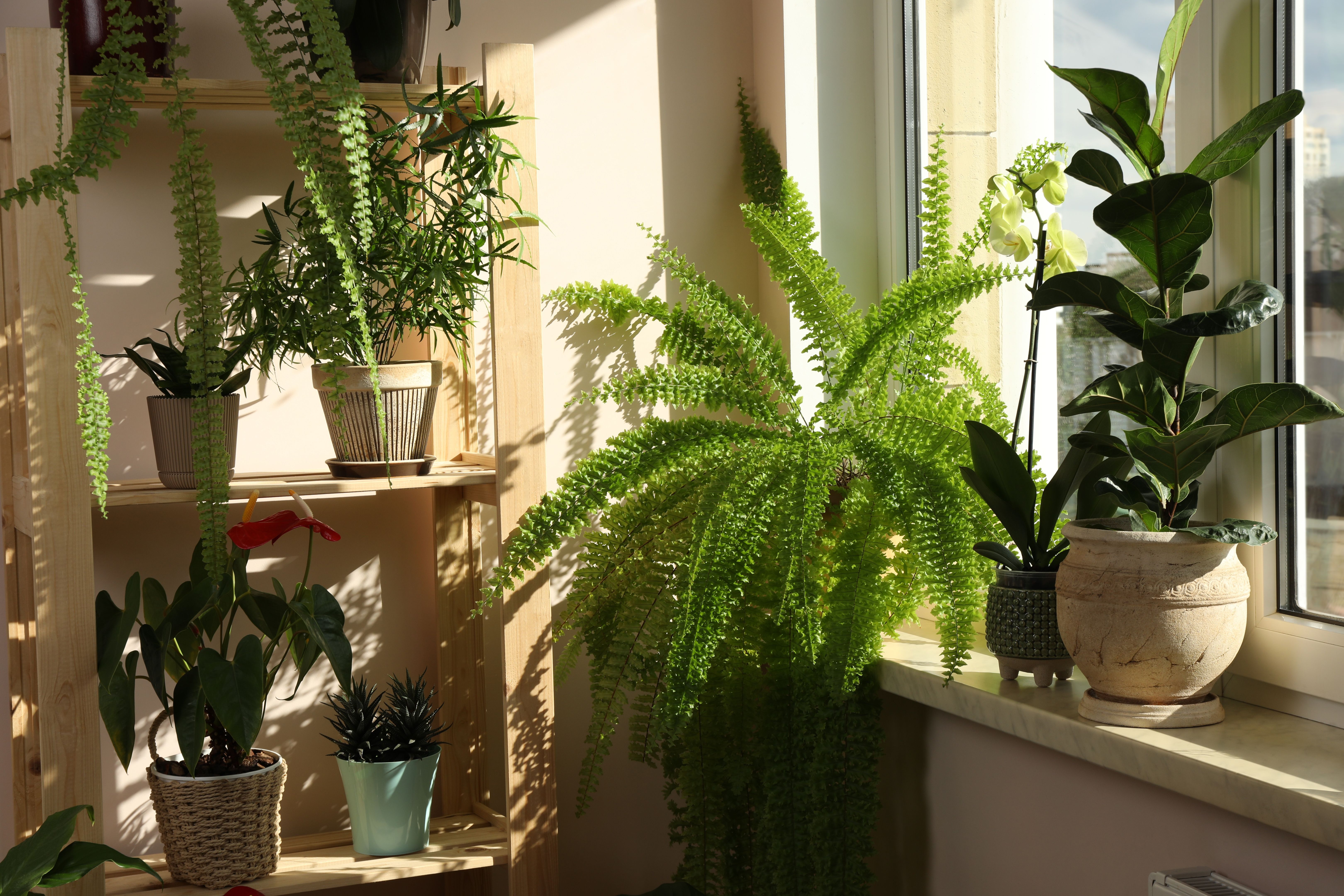Choosing the Best Low Light Plants for Your Space
Understanding Low Light Conditions
When it comes to indoor gardening, not every space is blessed with abundant natural light. Fortunately, there are numerous plants that thrive in low light conditions, making them ideal for offices, apartments, and any room that doesn't receive direct sunlight. But how do you choose the best low light plants for your space?

Before selecting your plants, it's crucial to understand what constitutes low light. Generally, a low light area is one where there is no direct sunlight and only indirect or artificial light. Spaces that are more than six feet away from a window or areas lit by fluorescent lights are typical examples.
Top Low Light Plant Choices
Some plants are naturally adapted to survive with minimal light. Here's a list of some popular low light plants:
- Snake Plant (Sansevieria): Known for its modern look and air-purifying qualities, the snake plant is nearly indestructible and can thrive in low light.
- Pothos (Epipremnum aureum): This plant is incredibly easy to care for and can grow in various lighting conditions, including low light.
- ZZ Plant (Zamioculcas zamiifolia): With its glossy leaves, the ZZ plant is not only attractive but also highly tolerant of low light.
These plants don't just survive in low light; they also help improve air quality, making your indoor environment healthier.

Benefits of Low Light Plants
Low light plants offer a range of benefits beyond their ability to thrive without much sunlight. They are often low maintenance, requiring minimal watering and fertilization. Additionally, many of these plants are known for their air-purifying properties, helping to reduce toxins in your home or office environment.
Another advantage of low light plants is their versatility. They can be placed in a variety of settings, from bathrooms and bedrooms to office cubicles and hallways. This adaptability makes them a practical choice for anyone looking to add greenery to their space without the need for direct sunlight.
Caring for Low Light Plants
While these plants are well-suited for low light conditions, it's still important to provide them with appropriate care to ensure they thrive. Here are some general tips:
- Watering: Be cautious not to overwater. Many low light plants prefer their soil to dry out between waterings.
- Humidity: Some plants benefit from increased humidity. Consider misting them occasionally or placing a humidifier nearby.
- Fertilization: Use a balanced fertilizer sparingly during the growing season to support healthy growth.

By following these simple care tips, you can ensure your low light plants remain healthy and vibrant.
Conclusion: Bringing Nature Indoors
Choosing the best low light plants for your space can transform even the dimmest areas into lush, inviting environments. Whether you're new to indoor gardening or a seasoned plant enthusiast, there's a perfect low light plant waiting to brighten your home or office. Embrace the beauty and benefits of these resilient plants, and enjoy the tranquility they bring to your surroundings.